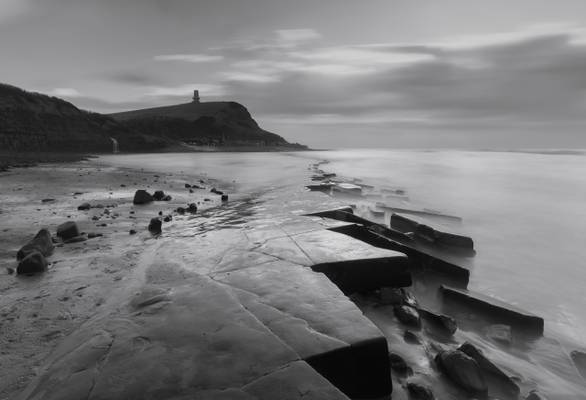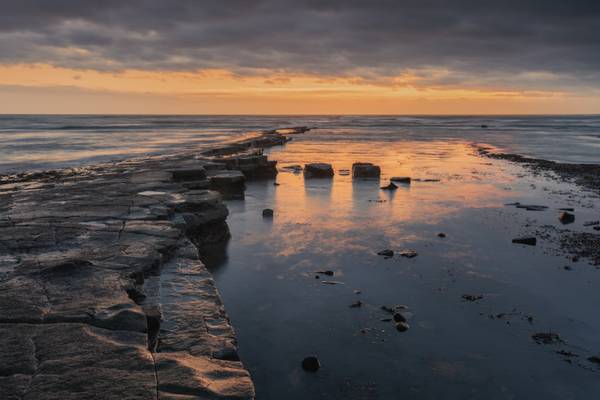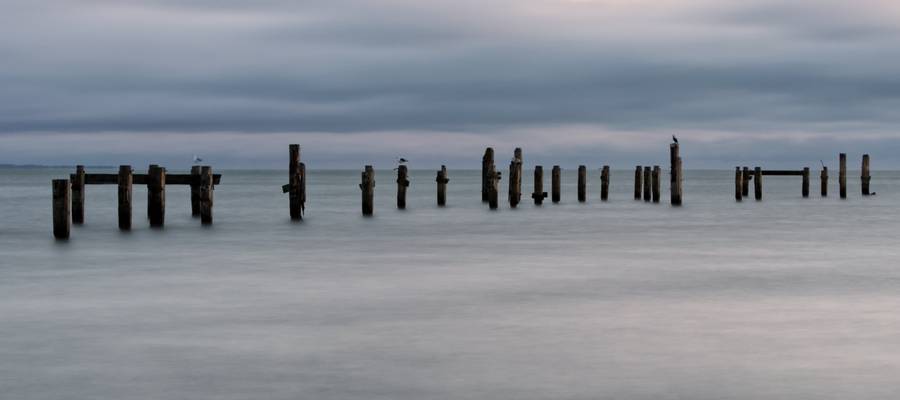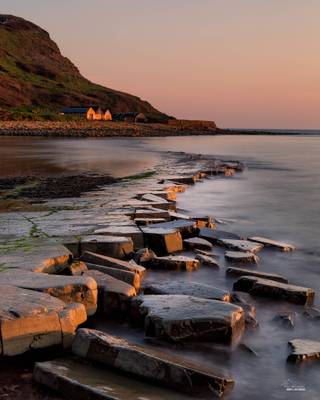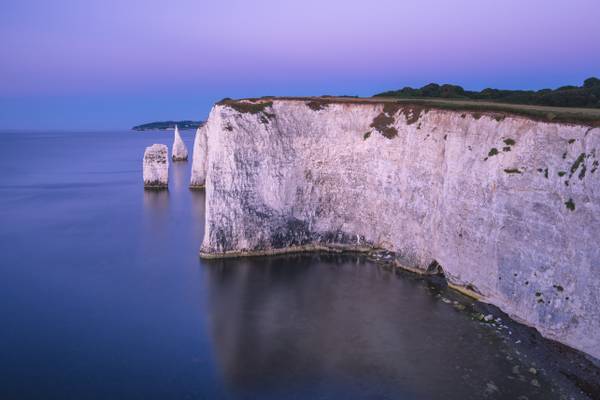
Isle of Purbeck

by jim stephenw
Swanage Pier is a Victorian pier which extends into the southern end of Swanage Bay near the town of Swanage, in the south-east of Dorset. The first Swanage Pier, which was 750 feet long, was built between 1859 and 1860 for use primarily by the local stone quarrying industry and included a tramway which ran the length of the pier and some way along the seafront. When local businessman George Burt introduced regular steamer services between Swanage and nearby towns Poole and Bournemouth in 1874, a need became apparent for a second pier to be built primarily for use by passenger steamers. Construction on the new pier began in 1895, and by 1896 was first used by a steamer. The pier was officially opened for traffic on 29 March 1897. While regular steamer services ran on the new pier up until 1966, the older original pier declined along with the stone industry it served some years earlier. Today all that remains of the old pier are some of the timber piles. After steamer services discontinued in 1966 the remaining pleasure pier also began to fall into disrepair. In 1976 Grade II listed status was awarded to the pier. After a failed attempt to restore the pier by a development firm in 1986, Swanage Pier Trust took over ownership of the pier in 1994.
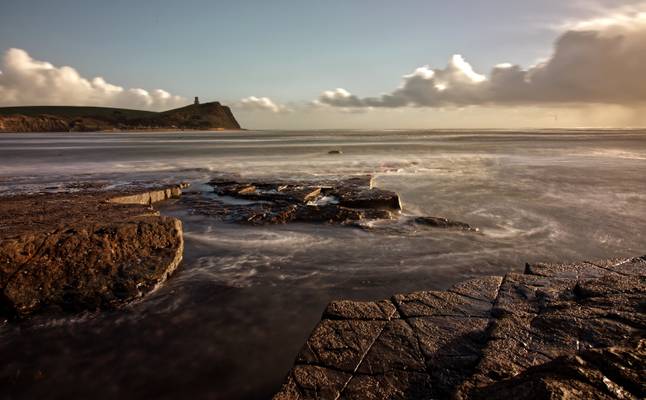
by Richard Down
Kimmeridge Bay
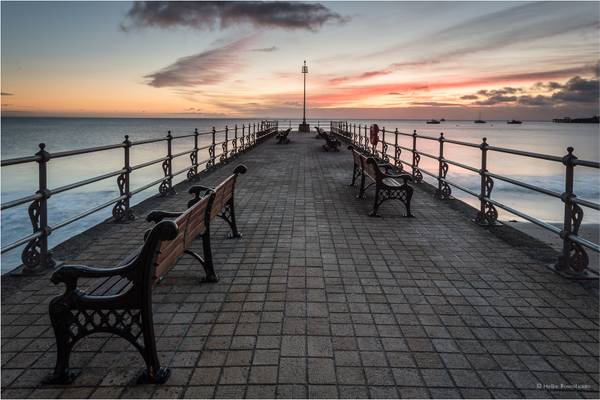
by Heike Rosenbaum
Swanage, Dorset

by jim stephenw
Swanage Pier is a Victorian pier which extends into the southern end of Swanage Bay near the town of Swanage, in the south-east of Dorset. The first Swanage Pier, which was 750 feet long, was built between 1859 and 1860 for use primarily by the local stone quarrying industry and included a tramway which ran the length of the pier and some way along the seafront. When local businessman George Burt introduced regular steamer services between Swanage and nearby towns Poole and Bournemouth in 1874, a need became apparent for a second pier to be built primarily for use by passenger steamers. Construction on the new pier began in 1895, and by 1896 was first used by a steamer. The pier was officially opened for traffic on 29 March 1897. While regular steamer services ran on the new pier up until 1966, the older original pier declined along with the stone industry it served some years earlier. Today all that remains of the old pier are some of the timber piles. After steamer services discontinued in 1966 the remaining pleasure pier also began to fall into disrepair. In 1976 Grade II listed status was awarded to the pier. After a failed attempt to restore the pier by a development firm in 1986, Swanage Pier Trust took over ownership of the pier in 1994.
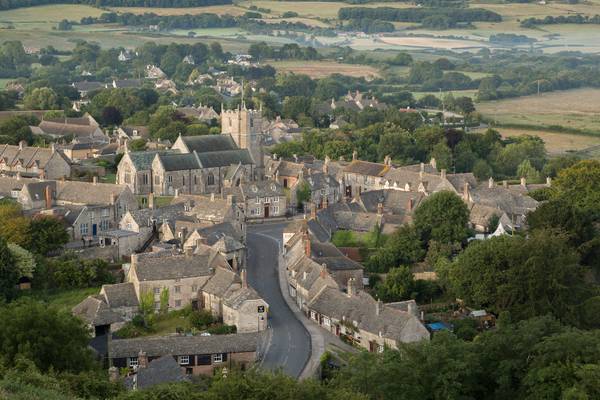
by Neil Bond
Early summer morning at the picturesque village of Corfe Castle, Dorset.
A last minute decision to stay overnight before going to Camp Bestival the following day.
I had set out to shoot Durdle Dor at night, but decided the 'blue' moon was too bright to do any worthwhile astro shoot with.
The bright full moon didn't do the castle justice either (I will return at some point to shoot some night images there without the full moon) but the village itself looked rather lovely in the soft light and summer greenery, later that morning.
I had a bit of a wander around looking for somewhere to go for a decent breakfast but there was nowhere open early morning, so headed off to Swanage for a full English.
*First upload with my new Canon 5D3. So far, I have to say I'm very impressed, especially with it's low light / high ISO capability. I wish I'd taken the plunge years ago.
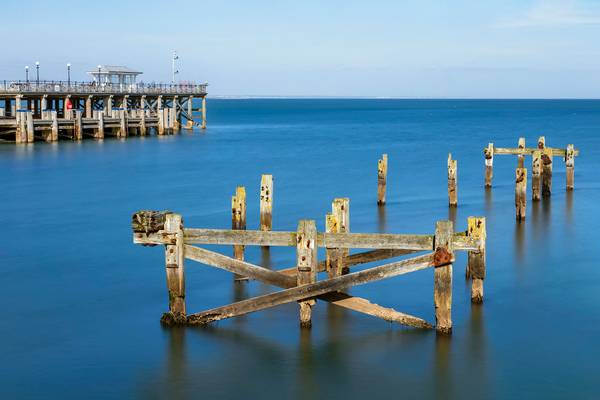
Landscape Photography Workshops www.melvinnicholsonphotography.co.uk/photography-workshops
A question that I often ask myself is how do I take an...

It's been almost 2 years to the day since I've last seen mist at Corfe Castle, but I happened to be in Dorset over the weekend so the timing worked...
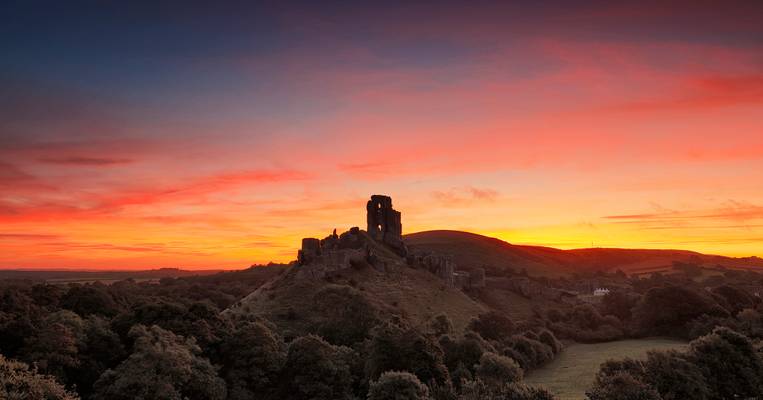
THREE DAY DORSET WORKSHOP 25th-27th September 2017 £595 www.melvinnicholsonphotography.co.uk/product/dorset-works...
Surely one of the finest...

Pre-dawn light reveals a scene of calm and tranquility on the River Stour.
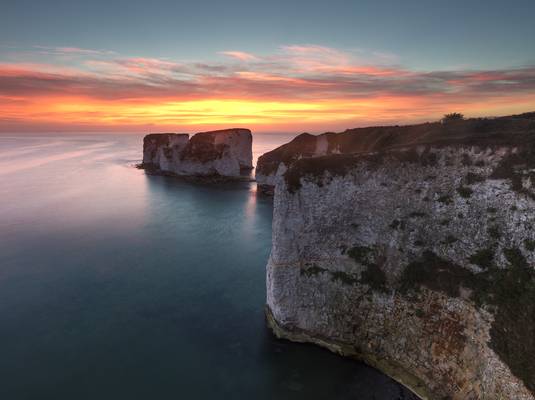
This rather magical sunrise was captured back in September during my nine days spent touring around the beautiful coastline of Dorset for the first...
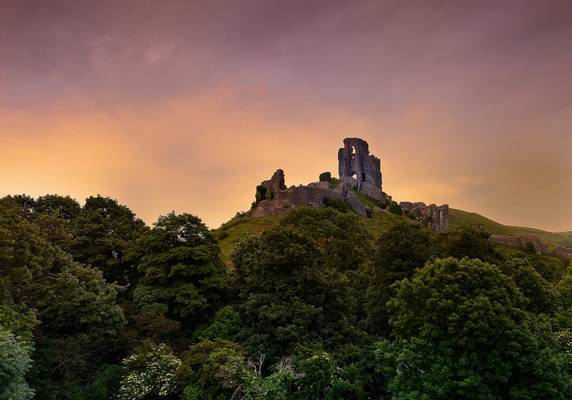
Corfe Castle is named for the dramatic stone fortress that rises above the village Corfe. Burial mounds in the area show that Corfe Castle was...
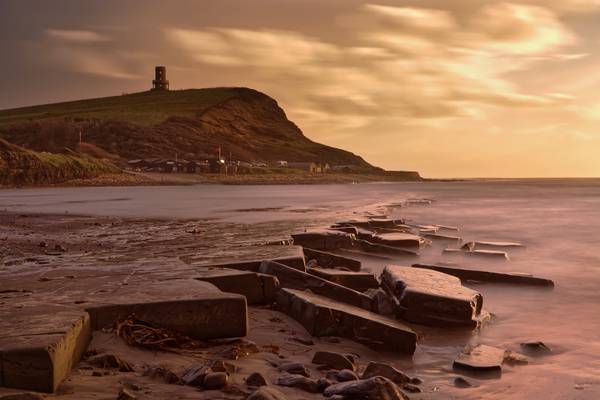
by Richard Down
Kimmeridge Bay
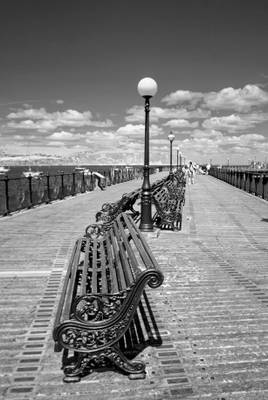
by jim stephenw
Swanage Pier is a Victorian pier which extends into the southern end of Swanage Bay near the town of Swanage, in the south-east of Dorset. The first Swanage Pier, which was 750 feet long, was built between 1859 and 1860 for use primarily by the local stone quarrying industry and included a tramway which ran the length of the pier and some way along the seafront. When local businessman George Burt introduced regular steamer services between Swanage and nearby towns Poole and Bournemouth in 1874, a need became apparent for a second pier to be built primarily for use by passenger steamers. Construction on the new pier began in 1895, and by 1896 was first used by a steamer. The pier was officially opened for traffic on 29 March 1897. While regular steamer services ran on the new pier up until 1966, the older original pier declined along with the stone industry it served some years earlier. Today all that remains of the old pier are some of the timber piles. After steamer services discontinued in 1966 the remaining pleasure pier also began to fall into disrepair. In 1976 Grade II listed status was awarded to the pier. After a failed attempt to restore the pier by a development firm in 1986, Swanage Pier Trust took over ownership of the pier in 1994.
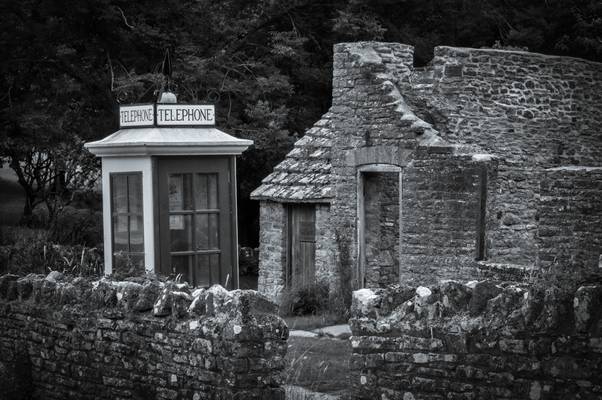
by Alan Taylor
My website: Deep Mono Photography
Tyneham got its first public telephone kiosk during the winter of 1929. Before this date the villagers would keep in touch with the outside world by telegram or later by using the telephone in the back room of the Post Office.
Tyneham Valley was evacuated during the second world war and for the next forty years the abandoned kiosk was left to its fate, hidden under the shade of self seeded trees and disappearing under the sea of undergrowth which had consumed most of the village.
In the early 1980's, prolonged protest and campaigning resulted in the public being granted increased access to the Army Ranges. In 1983 the kiosk was restored as part of a massive clear up programme but with the incorrect K1 roof decoration.
During the filming of "Comrades" in 1985 an accident resulted in the kiosk being completely destroyed.The K1 Mark 236 at Tyneham today is the replacement bought by the film company.
In 2012, eighty three years after a K1 was first erected on the site, the kiosk is having a complete makeover. Thanks to the invaluable help of ex-GPO engineer Ian Jolly the Tyneham K1 will soon boast authentic fittings and wartime notices and will look much as it did when the last villager left the valley on 19 December 1943. Tyneham and Worbarrow
The "ghost village" of Tyneham, and 7,500 acres of surrounding heathland and chalk downland around the Purbeck Hills, were commandeered just before Christmas 1943 by the then War Office (now MoD) for use as firing ranges for training troops. 225 people were displaced, the last person leaving a notice on the church door:
"Please treat the church and houses with care; we have given up our homes where many of us lived for generations to help win the war to keep men free. We shall return one day and thank you for treating the village kindly."
This measure was supposed to be temporary for the duration of World War II, but in 1948 the Army placed a compulsory purchase order on the land and it has remained in use for military training ever since. Though littered with scrap used as targets, and subject to regular shelling, the land has become a haven for wildlife as it has been free from farming and development. In 1975, after complaints from tourists and locals, the Ministry of Defence began opening the village and footpaths across the ranges at weekends and throughout August. Many of the village buildings have fallen into disrepair or have been damaged by shelling and in 1967 the then Ministry of Works pulled down the Elizabethan manor house, though the church remains intact, and has a stained-glass window by Martin Travers. The church and school house have since been preserved as museums. In 2008, Tyneham Farm was reopened to the public and conservation work there is ongoing. Wikipedia

by Heike Rosenbaum
Swanage, Dorset
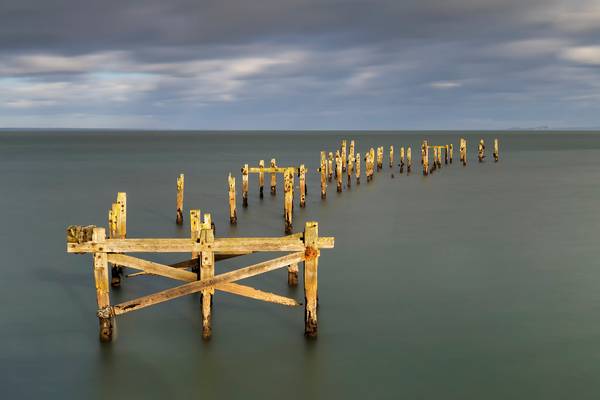
At 1.30am this morning, I returned from two glorious days photographing the Dorset coastline with two clients of mine, Ken and Les. Thursday was to...
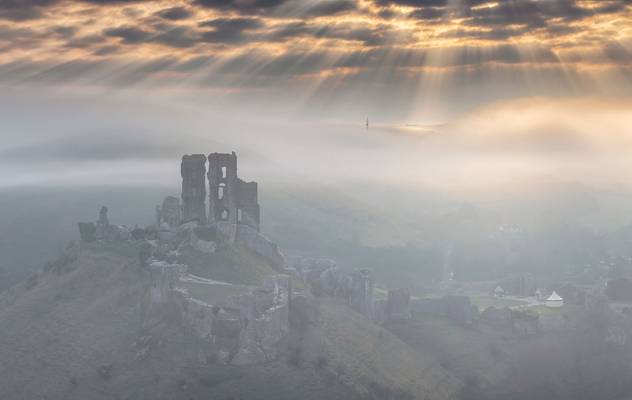
Landscape Photography Workshops & 1-2-1 Tuition www.melvinnicholson.co.uk
My good friend Tony Higginson and I ran a three day workshop in Dorset...

The World Heritage Site at a different angle of the same ledge with a ghosted fishermen in the water and with Clavell Tower on the hill top.
Lee...
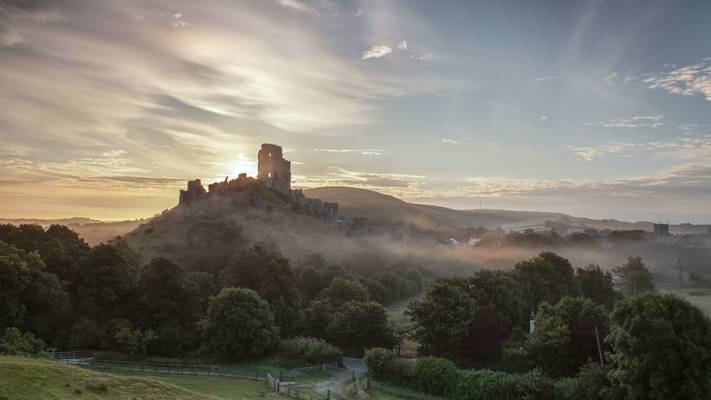
Mid Summer is hardly the best time to catch the mist around the Castle so I was pleased that this small amount caught the early rays of the sun....

A chilly, but calm sunrise (with a hint of colour) over the River Stour in Wareham. Rounding off a short trip to Dorset for work. If only I could...
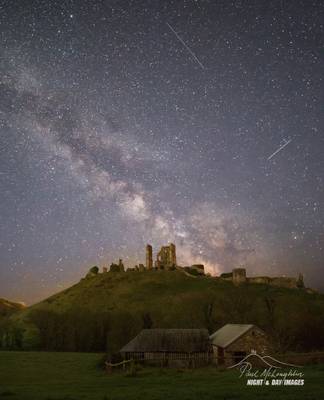
I was more than happy to undertake a 4 am stint to capture this image of Corfe Castle with a Milky Way backdrop. The level of light pollution from...
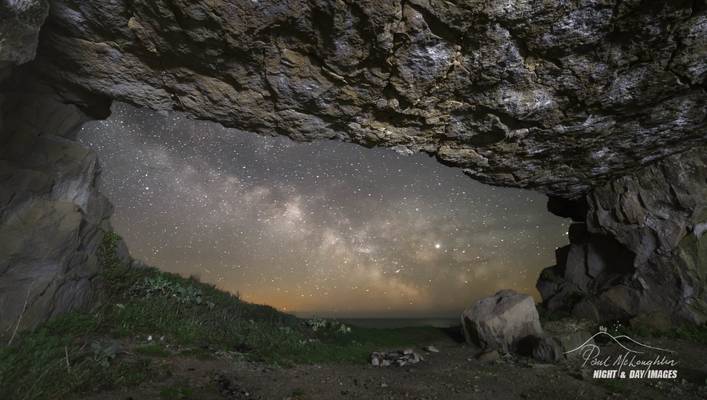
Homo Sapien has come a long way in Ten Thousand years and may go further out yet. But we have left a fair trail of destruction and extinction in our...

by jim stephenw
Swanage Pier is a Victorian pier which extends into the southern end of Swanage Bay near the town of Swanage, in the south-east of Dorset. The first Swanage Pier, which was 750 feet long, was built between 1859 and 1860 for use primarily by the local stone quarrying industry and included a tramway which ran the length of the pier and some way along the seafront. When local businessman George Burt introduced regular steamer services between Swanage and nearby towns Poole and Bournemouth in 1874, a need became apparent for a second pier to be built primarily for use by passenger steamers. Construction on the new pier began in 1895, and by 1896 was first used by a steamer. The pier was officially opened for traffic on 29 March 1897. While regular steamer services ran on the new pier up until 1966, the older original pier declined along with the stone industry it served some years earlier. Today all that remains of the old pier are some of the timber piles. After steamer services discontinued in 1966 the remaining pleasure pier also began to fall into disrepair. In 1976 Grade II listed status was awarded to the pier. After a failed attempt to restore the pier by a development firm in 1986, Swanage Pier Trust took over ownership of the pier in 1994.

by Heike Rosenbaum
A very grey and moody evening at Kimmeridge Bay
Isle of Purbeck, Dorset
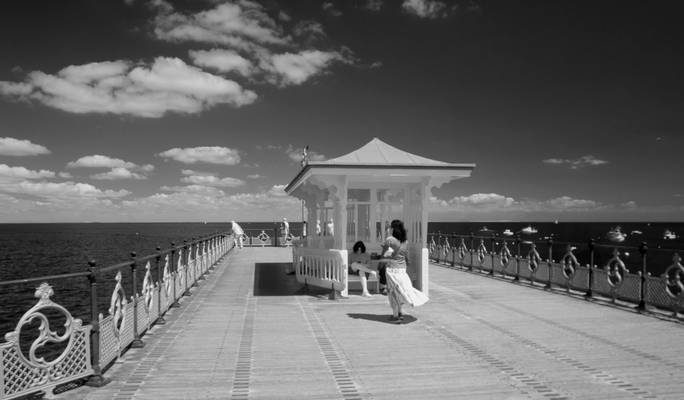
by jim stephenw
Swanage Pier is a Victorian pier which extends into the southern end of Swanage Bay near the town of Swanage, in the south-east of Dorset. The first Swanage Pier, which was 750 feet long, was built between 1859 and 1860 for use primarily by the local stone quarrying industry and included a tramway which ran the length of the pier and some way along the seafront. When local businessman George Burt introduced regular steamer services between Swanage and nearby towns Poole and Bournemouth in 1874, a need became apparent for a second pier to be built primarily for use by passenger steamers. Construction on the new pier began in 1895, and by 1896 was first used by a steamer. The pier was officially opened for traffic on 29 March 1897. While regular steamer services ran on the new pier up until 1966, the older original pier declined along with the stone industry it served some years earlier. Today all that remains of the old pier are some of the timber piles. After steamer services discontinued in 1966 the remaining pleasure pier also began to fall into disrepair. In 1976 Grade II listed status was awarded to the pier. After a failed attempt to restore the pier by a development firm in 1986, Swanage Pier Trust took over ownership of the pier in 1994.
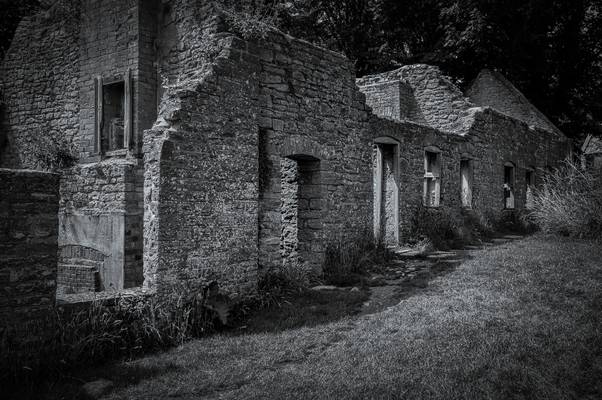
by Alan Taylor
My website: Deep Mono Photography
The "ghost village" of Tyneham, and 7,500 acres of surrounding heathland and chalk downland around the Purbeck Hills, were commandeered just before Christmas 1943 by the then War Office (now MoD) for use as firing ranges for training troops. 225 people were displaced, the last person leaving a notice on the church door:
"Please treat the church and houses with care; we have given up our homes where many of us lived for generations to help win the war to keep men free. We shall return one day and thank you for treating the village kindly."
This measure was supposed to be temporary for the duration of World War II, but in 1948 the Army placed a compulsory purchase order on the land and it has remained in use for military training ever since. Though littered with scrap used as targets, and subject to regular shelling, the land has become a haven for wildlife as it has been free from farming and development. In 1975, after complaints from tourists and locals, the Ministry of Defence began opening the village and footpaths across the ranges at weekends and throughout August. Many of the village buildings have fallen into disrepair or have been damaged by shelling and in 1967 the then Ministry of Works pulled down the Elizabethan manor house, though the church remains intact, and has a stained-glass window by Martin Travers. The church and school house have since been preserved as museums. In 2008, Tyneham Farm was reopened to the public and conservation work there is ongoing.
Tyneham Valley was evacuated during the second world war and for the next forty years the abandoned kiosk was left to its fate, hidden under the shade of self seeded trees and disappearing under the sea of undergrowth which had consumed most of the village.
In the early 1980's, prolonged protest and campaigning resulted in the public being granted increased access to the Army Ranges. In 1983 the kiosk was restored as part of a massive clear up programme but with the incorrect K1 roof decor.
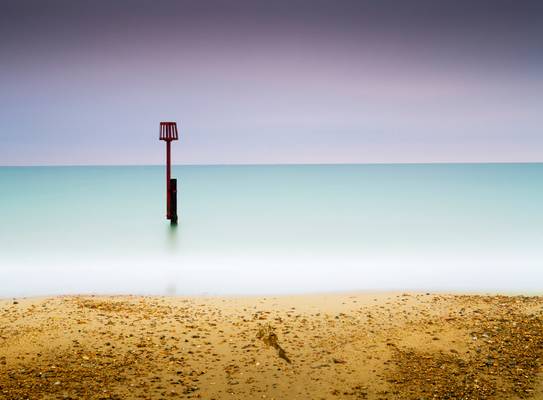
I was honored and privileged to have Jeremy Walker's newest state-of-the-art D850 host my SD card for this shot. In the meantime, I am back to my...

Amazing Misty Morning Sunrise above Corfe Castle with Nick Green & Richie J
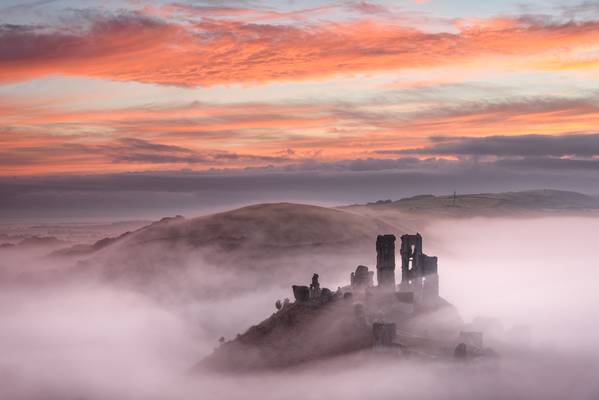
I spent yesterday walking in the Purbecks. Upon getting to the Scotts Arms in Kingston at sunset, there was already mist in the valley.
By the time...
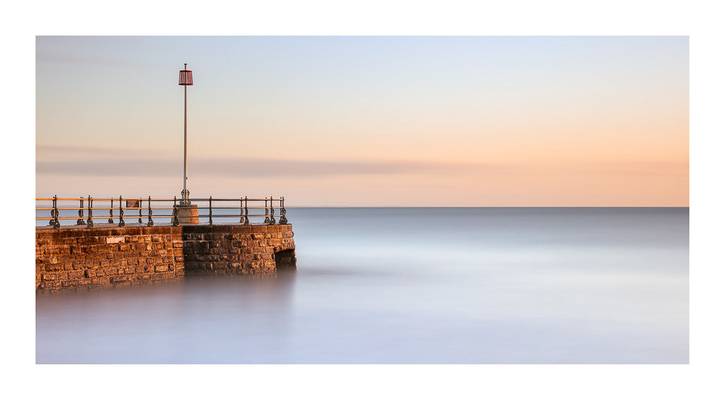
Spent a week at Dorset and decided on a few long exposure images. This is at first light on the Swanage beach, sadly the sky wasn't particularly good...
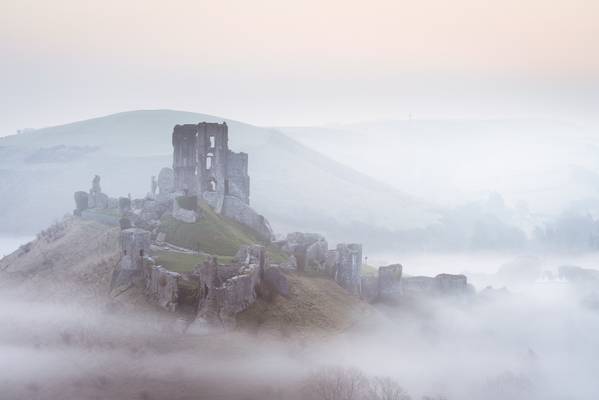
I made two trips to Corfe Castle last weekend, a whiteout due to heavy fog on Saturday, but much better mist on the Sunday. Not enough for there to...
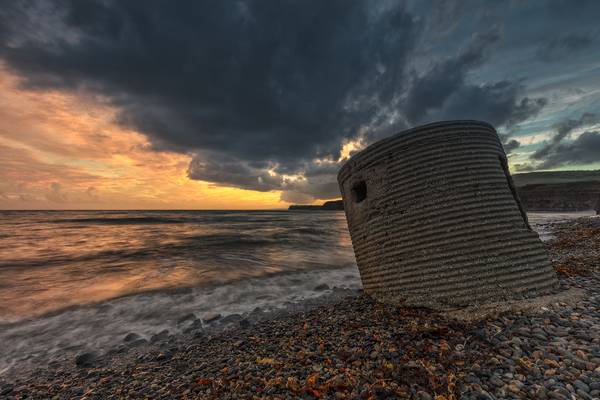
Captured during sunset down at the gorgeous Kimmeridge Bay beach one evening last September. This wonderful reinforced concrete pill box stood idle...
Thanks to all Phoide contributors to Isle of Purbeck!
Most notably jim stephenw, Heike Rosenbaum and Richard Down.
